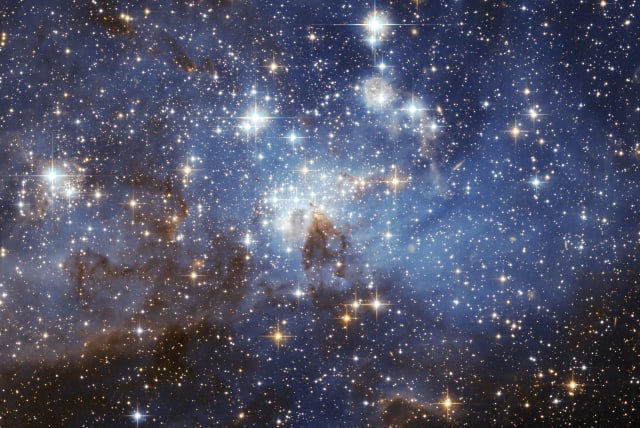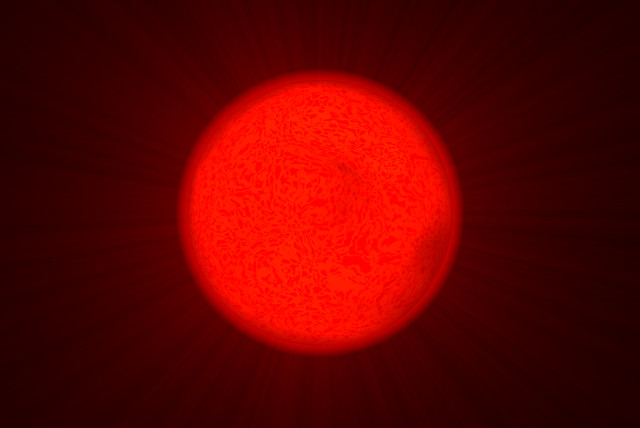What sounds do twinkling stars make? - study

To get the "pure sound" of the twinkles the researchers applied a number of filters to the noise hoping to isolate the sounds from environmental interference.
Researchers recently used the twinkling of stars to help further our understanding of the internal physics inside stars in a study published last month.
The paper was published in the peer-reviewed journal Nature Astronomy.
When we see stars twinkle often it is because our atmosphere bends the light as it arrives on Earth, however, stars also have an innate twinkle or shimmer.
The surfaces of stars have waves of gas which cannot be seen from Earth, and these waves are believed to occur due to energy ripples originating in the star's core.
The sound of twinkling stars
The researchers using 3D simulations were the first to model these ripples and in another first, they transformed these ripples into audio form, allowing them to listen to the stars twinkling.
In order to get the "pure sound" of the ripples the researchers applied a number of filters to the noise hoping to isolate the sounds from environmental interference. These isolated sounds from the simulation matched the sounds produced by ripples on real-life stars, confirming that the simulation was properly simulating them.
They hoped that this would allow them to confirm the so-called "red noise signal" often found on massive main sequence stars was indeed caused by internal gravity convection in the core of the star as the ripples are. This red noise is a type of extremely low noise often completely imperceptible by the human ears and certainly so across the void of space.
However contrary to their expectation they did not find internal gravity convection in the core to be the cause of the red noise signal. The noise produced by the twinkling of the star was not a match for the red noise signal.
This means that the search for the source of the red noise signal continues and that researchers will need to reformulate their theories regarding it.
Jerusalem Post Store
`; document.getElementById("linkPremium").innerHTML = cont; var divWithLink = document.getElementById("premium-link"); if (divWithLink !== null && divWithLink !== 'undefined') { divWithLink.style.border = "solid 1px #cb0f3e"; divWithLink.style.textAlign = "center"; divWithLink.style.marginBottom = "15px"; divWithLink.style.marginTop = "15px"; divWithLink.style.width = "100%"; divWithLink.style.backgroundColor = "#122952"; divWithLink.style.color = "#ffffff"; divWithLink.style.lineHeight = "1.5"; } } (function (v, i) { });

